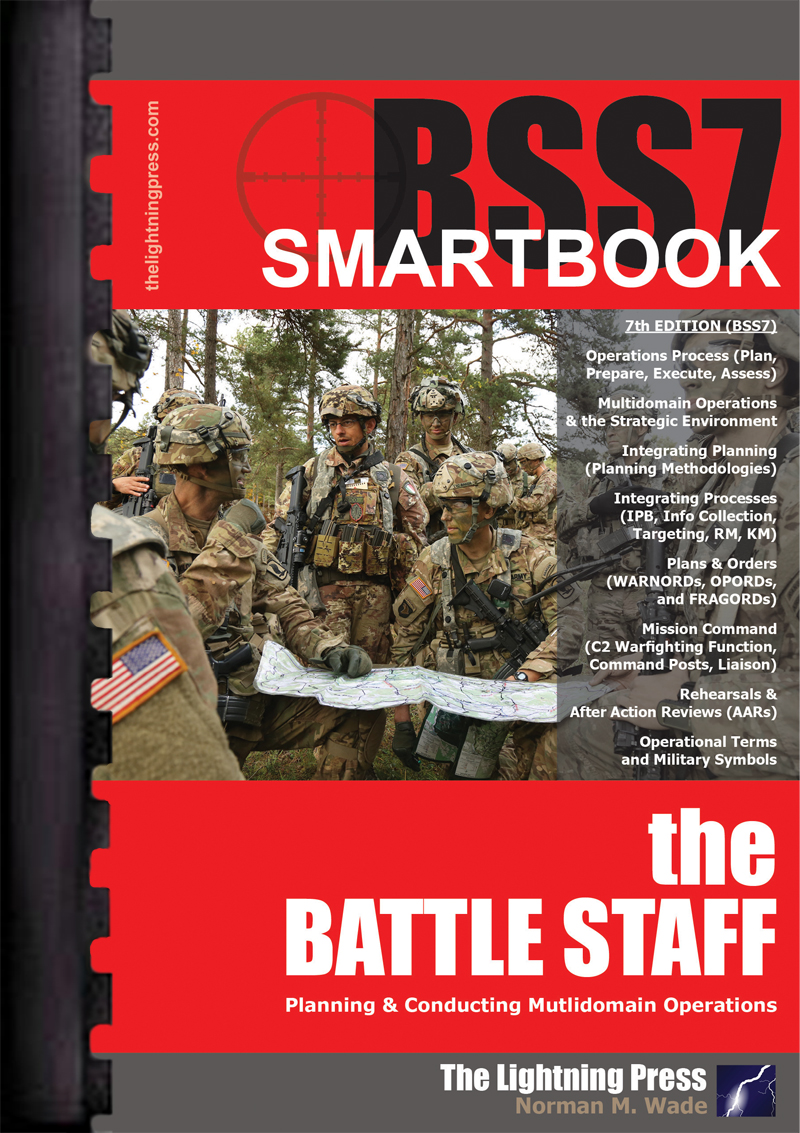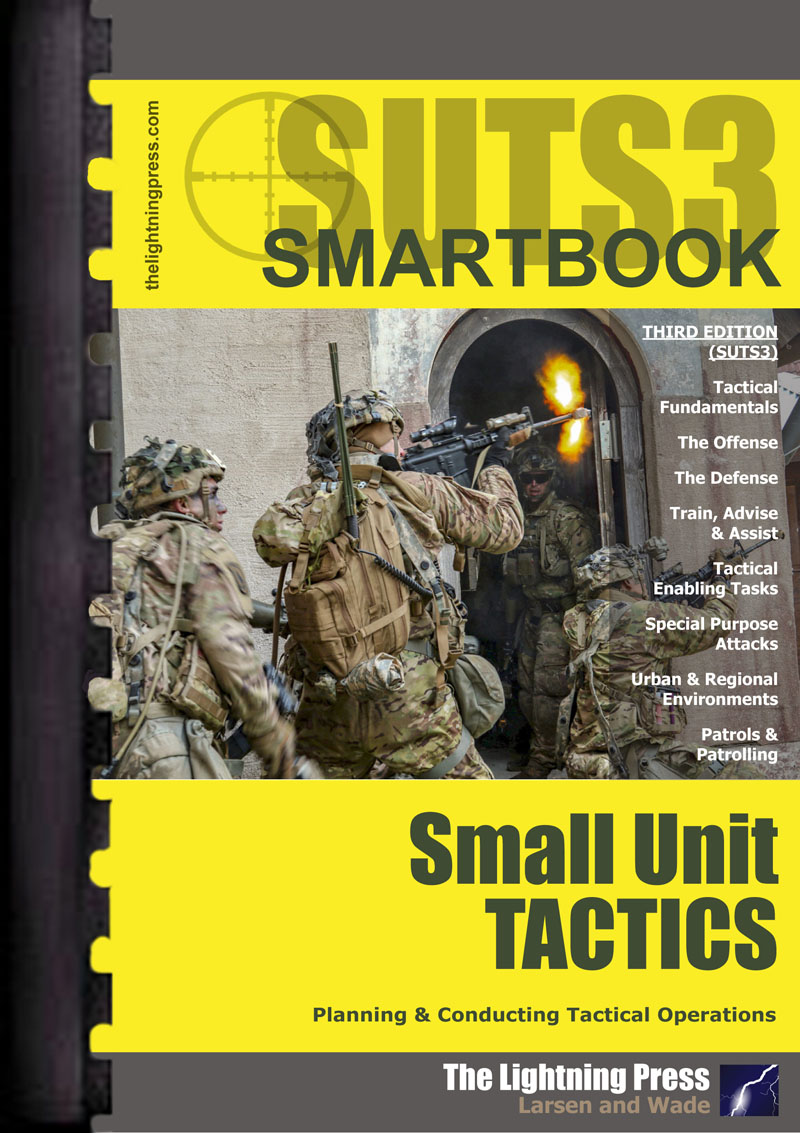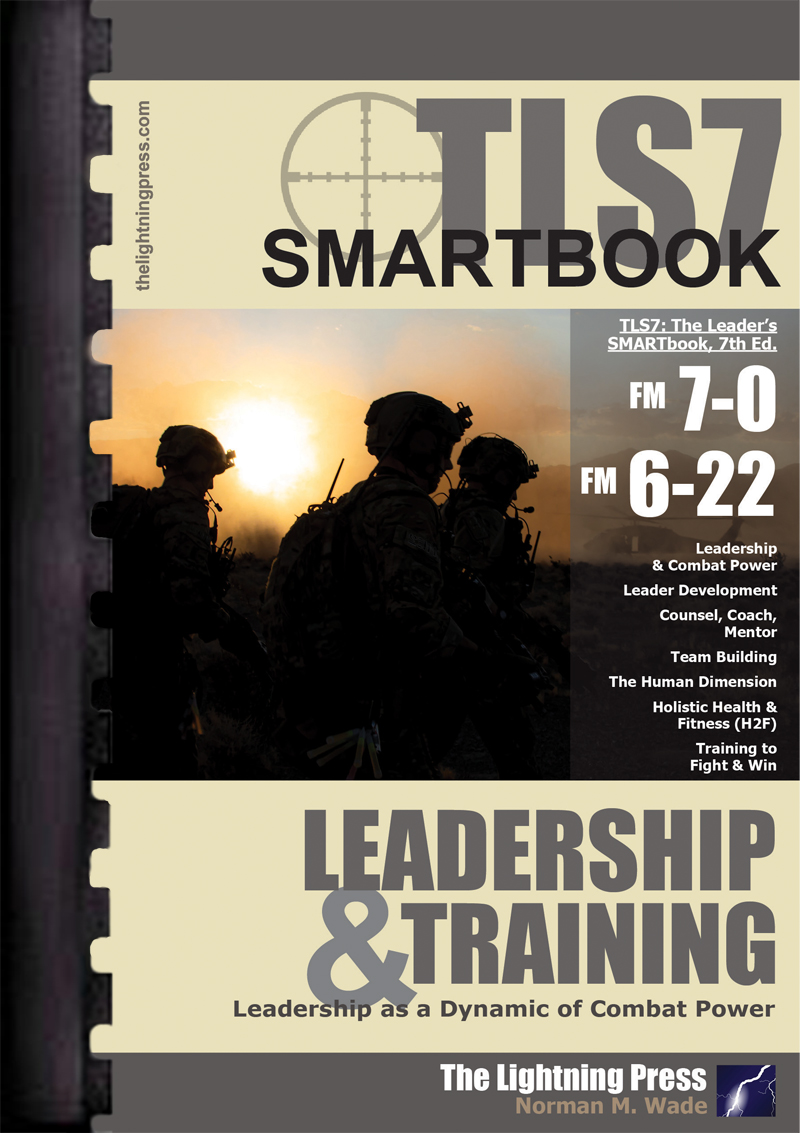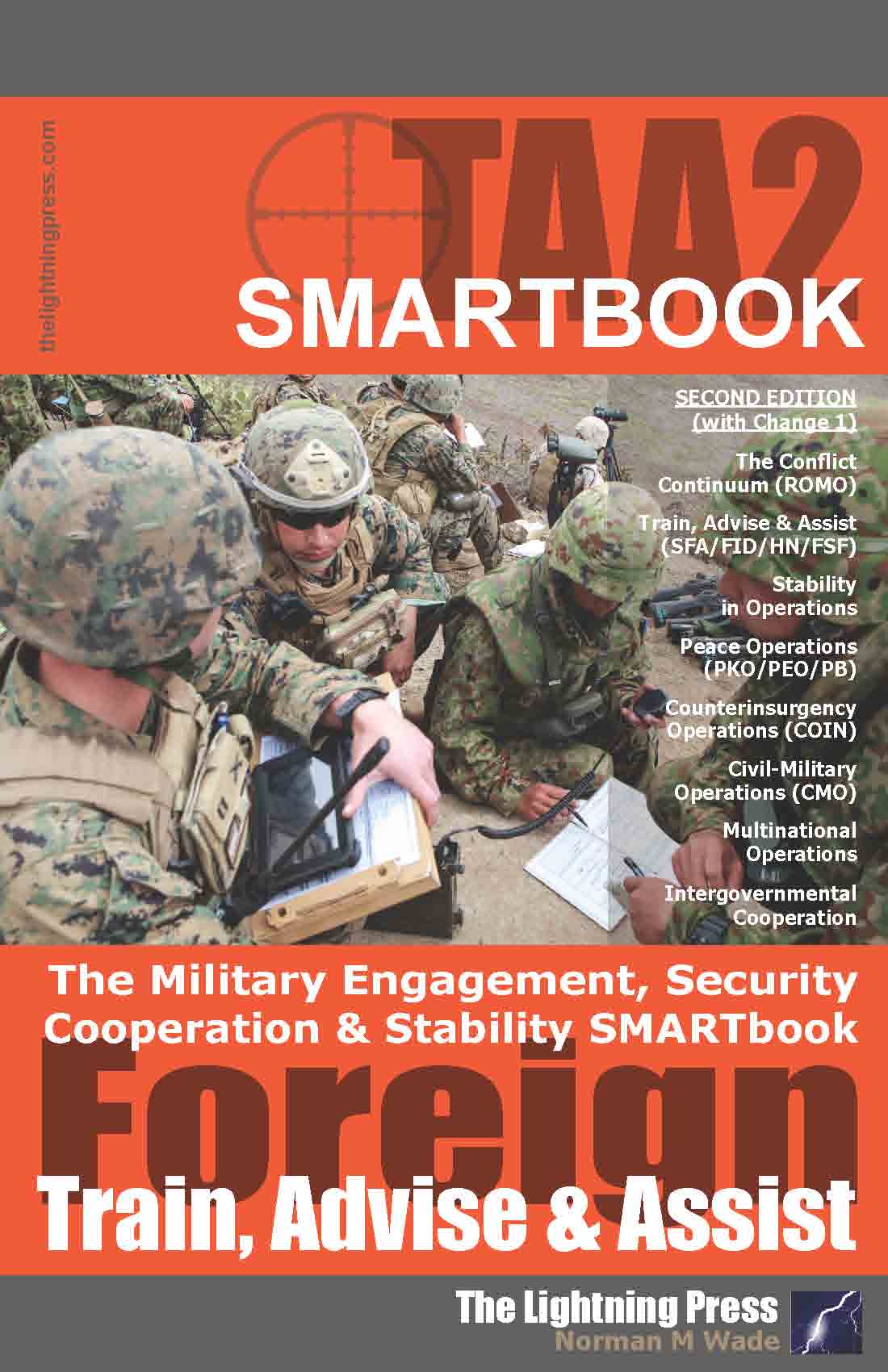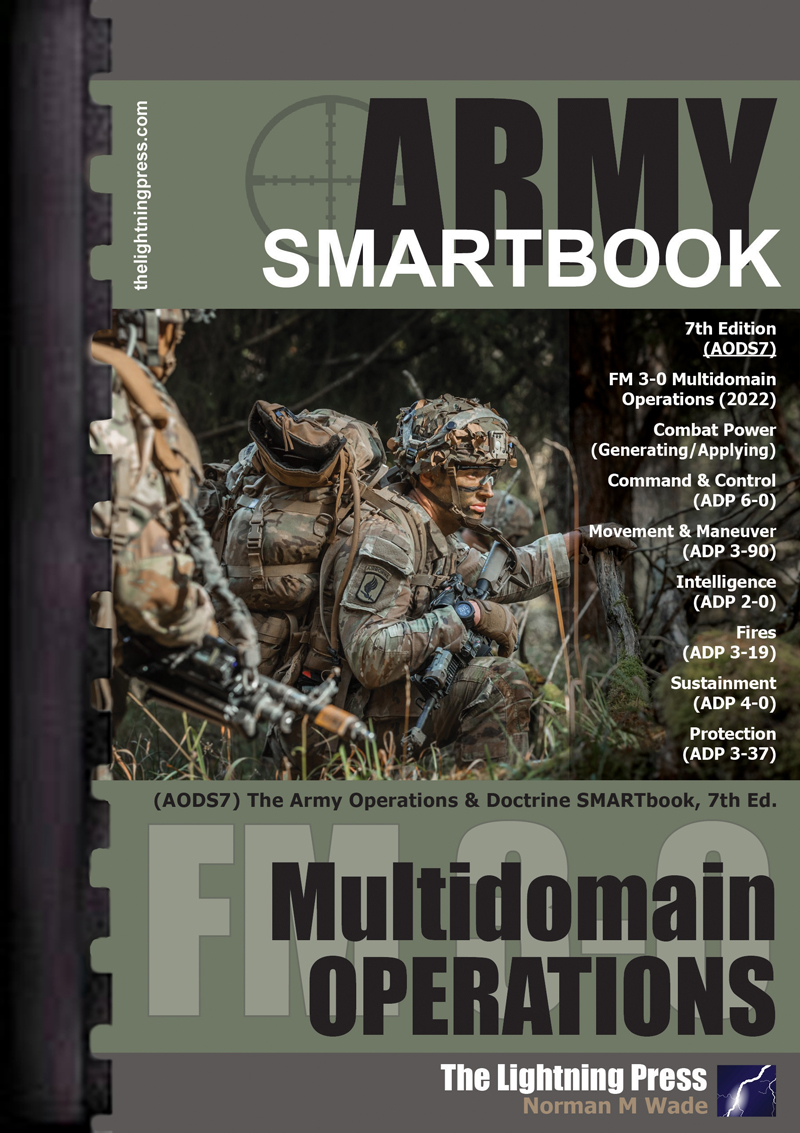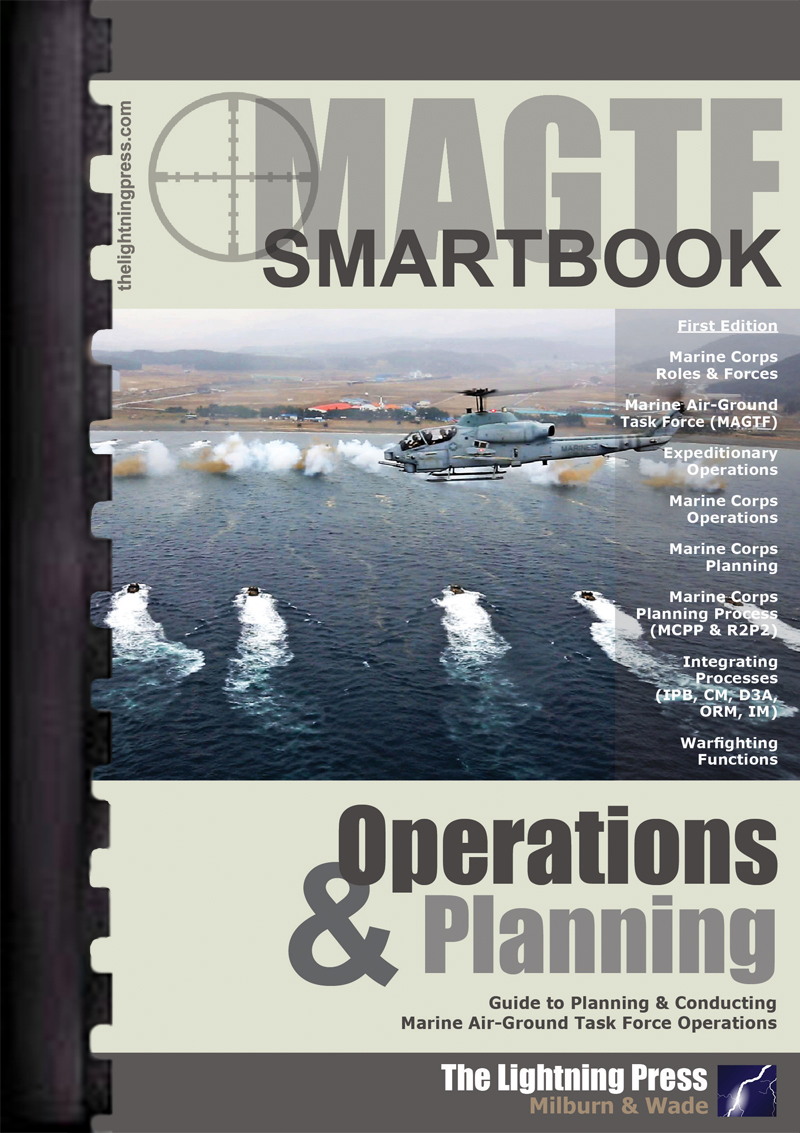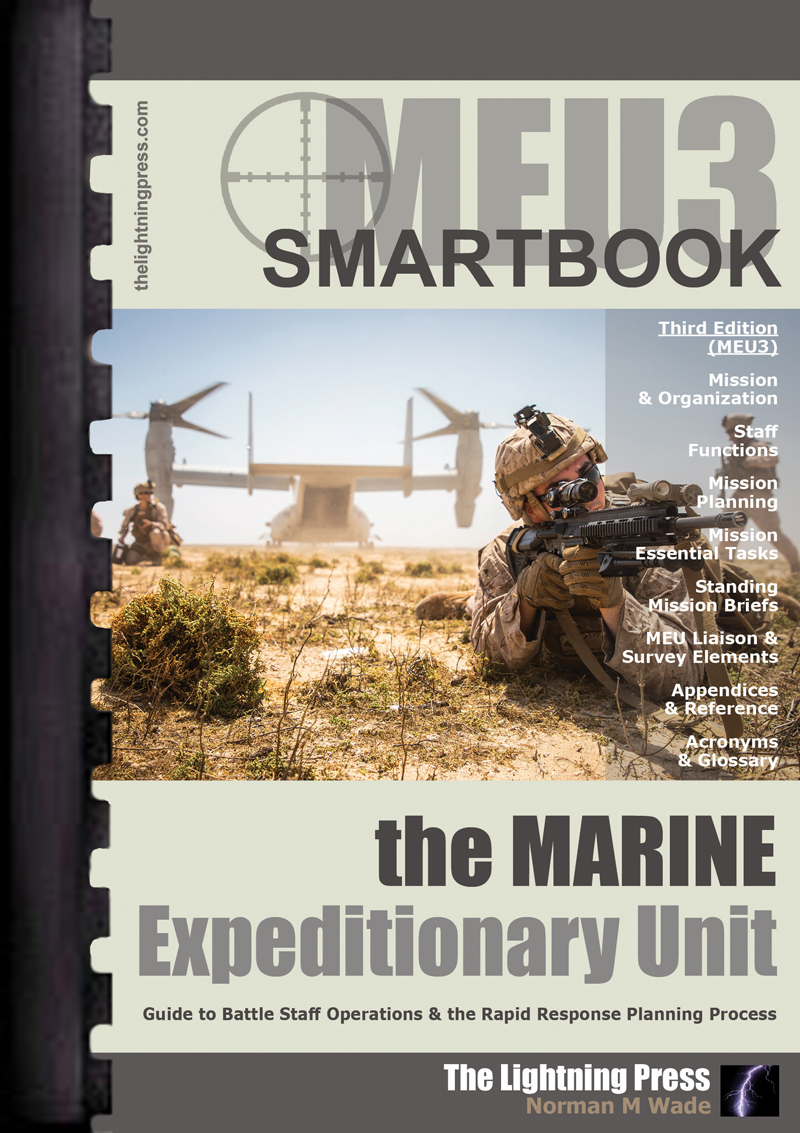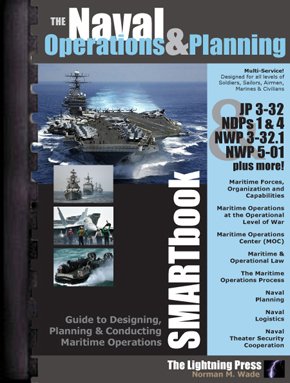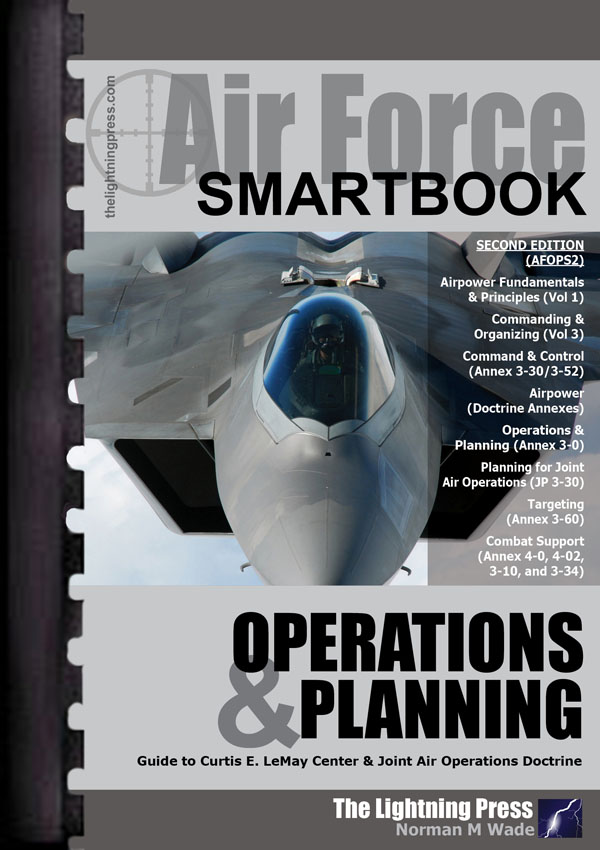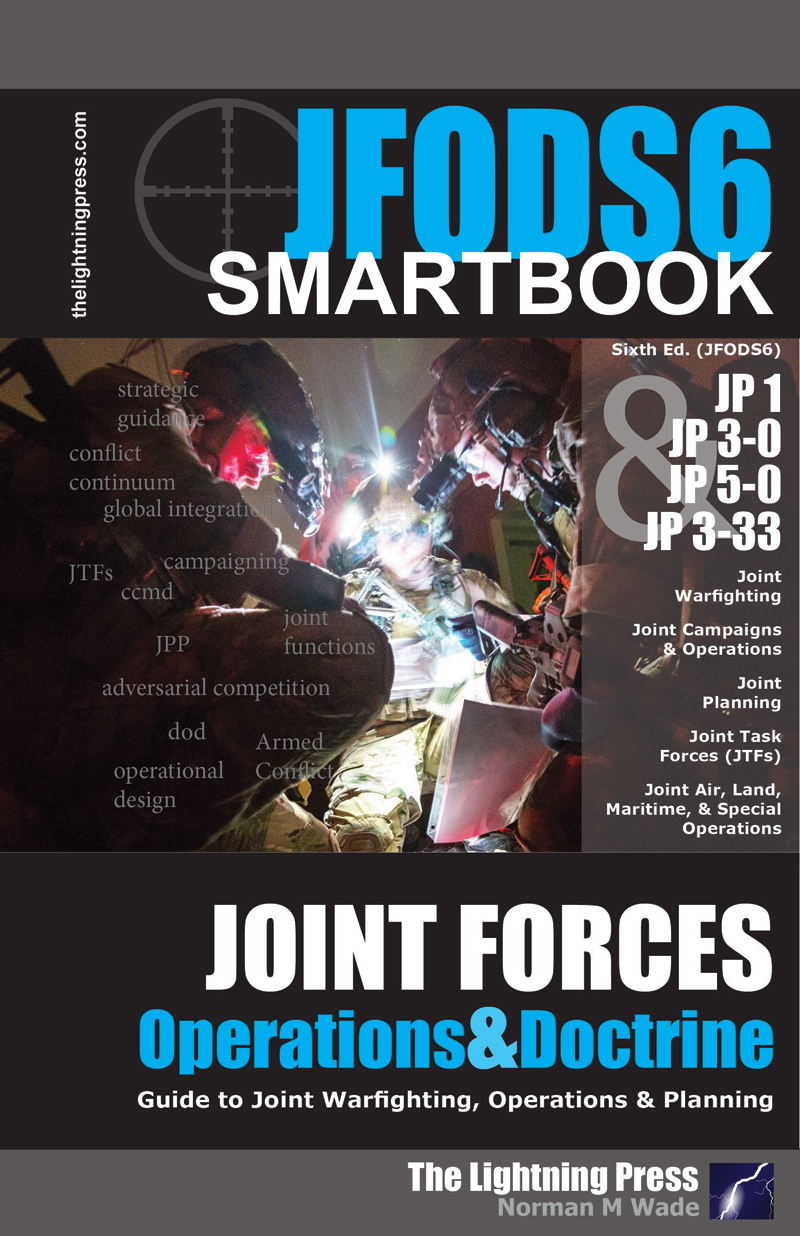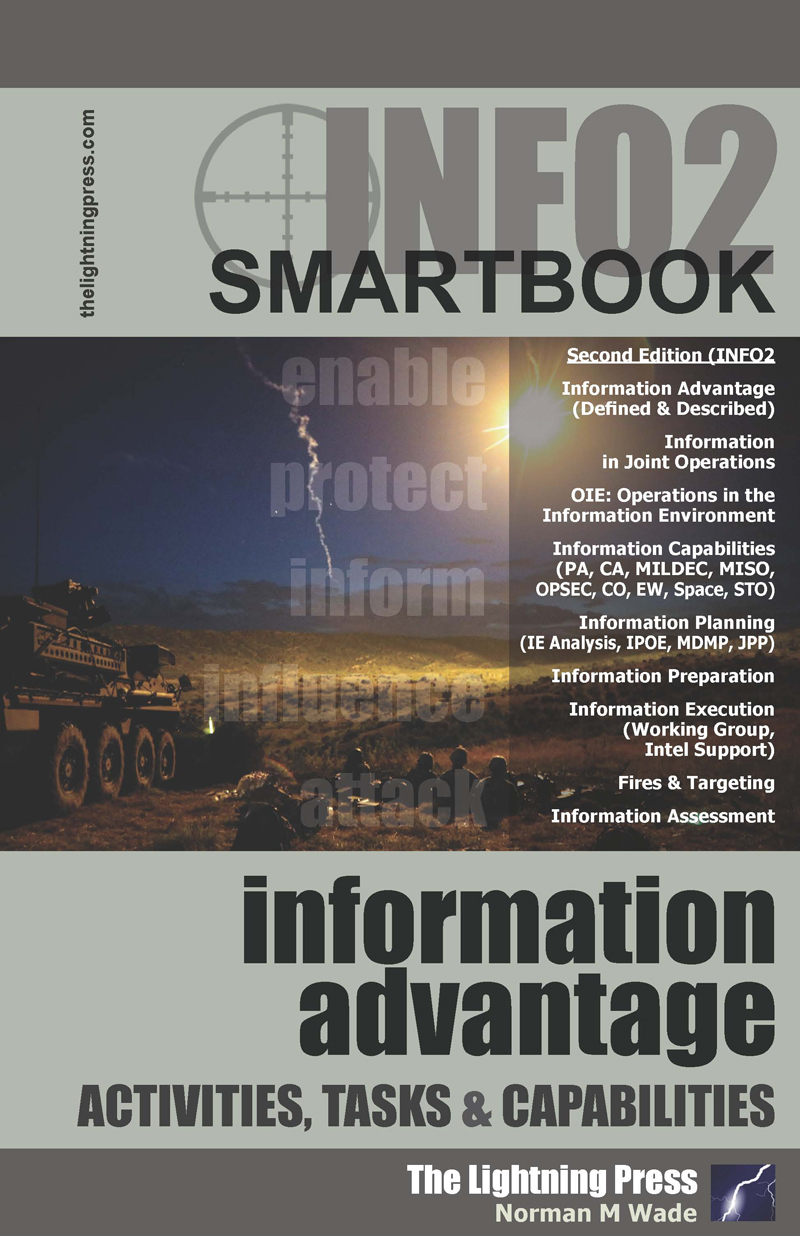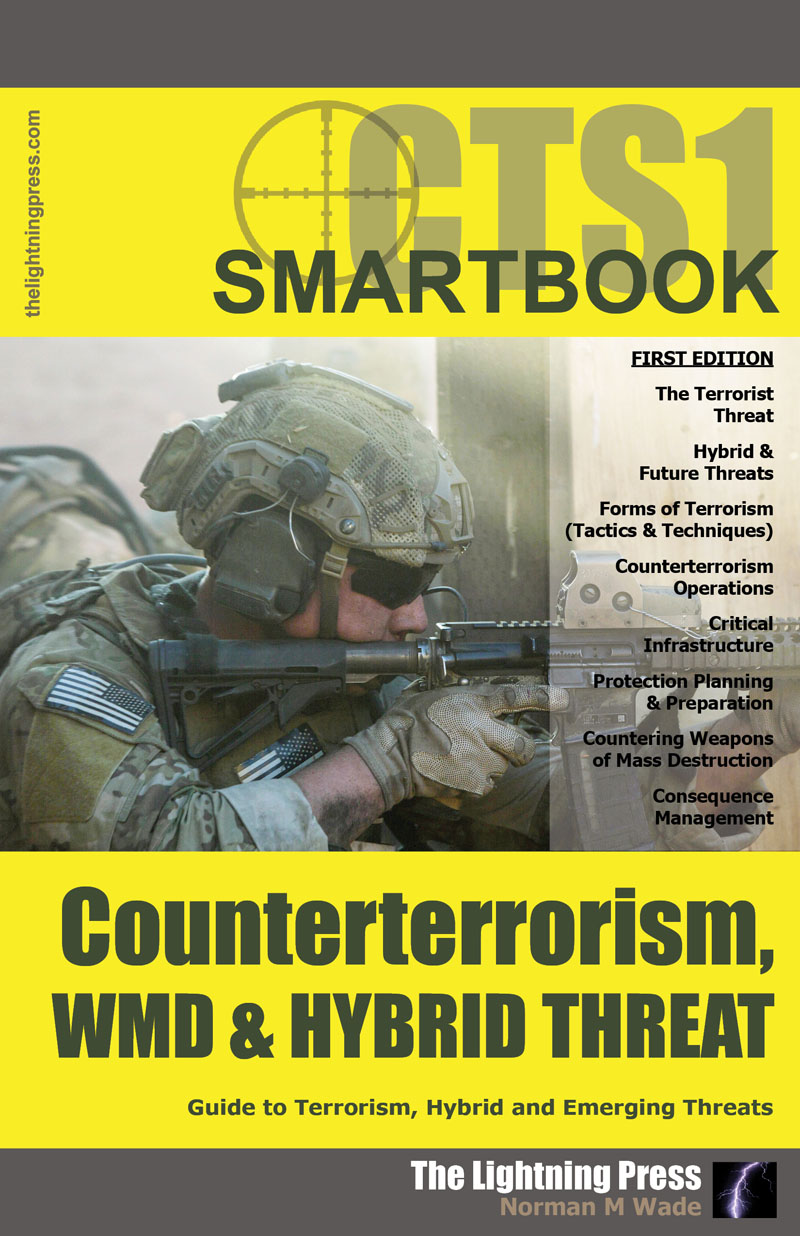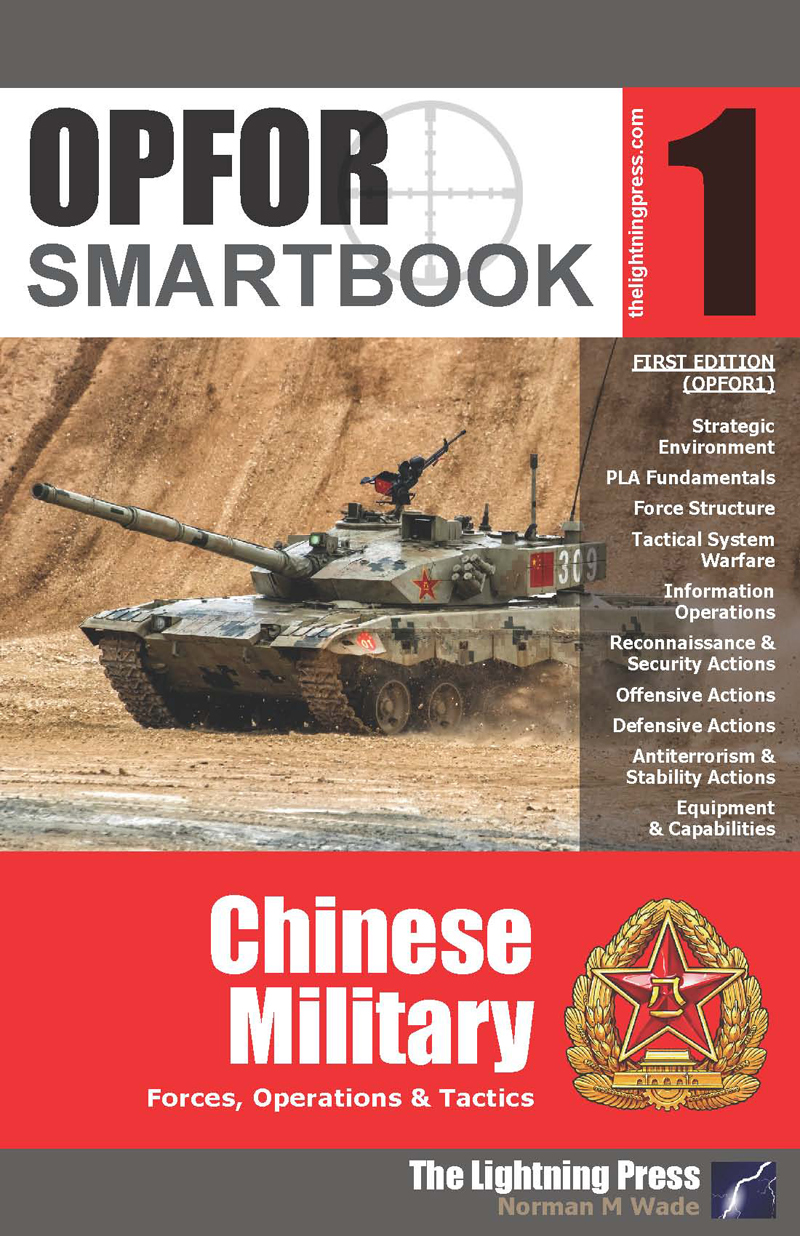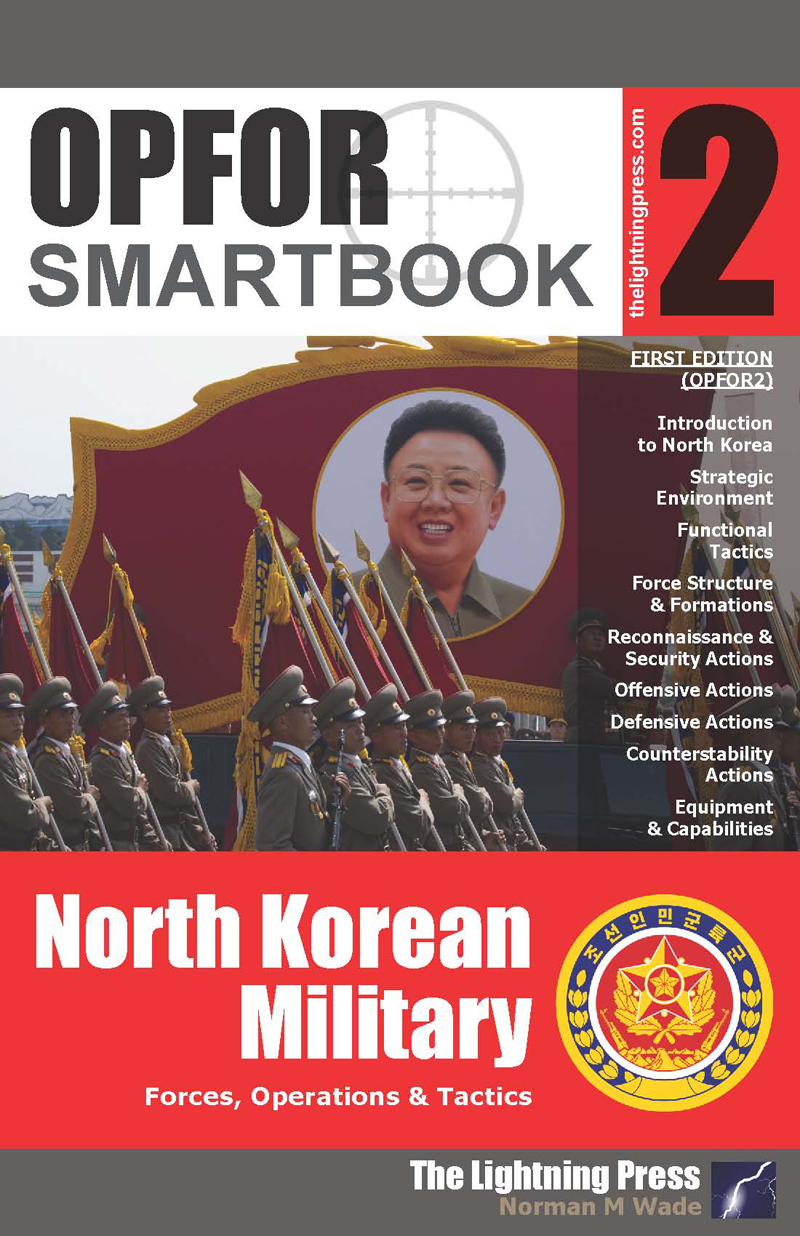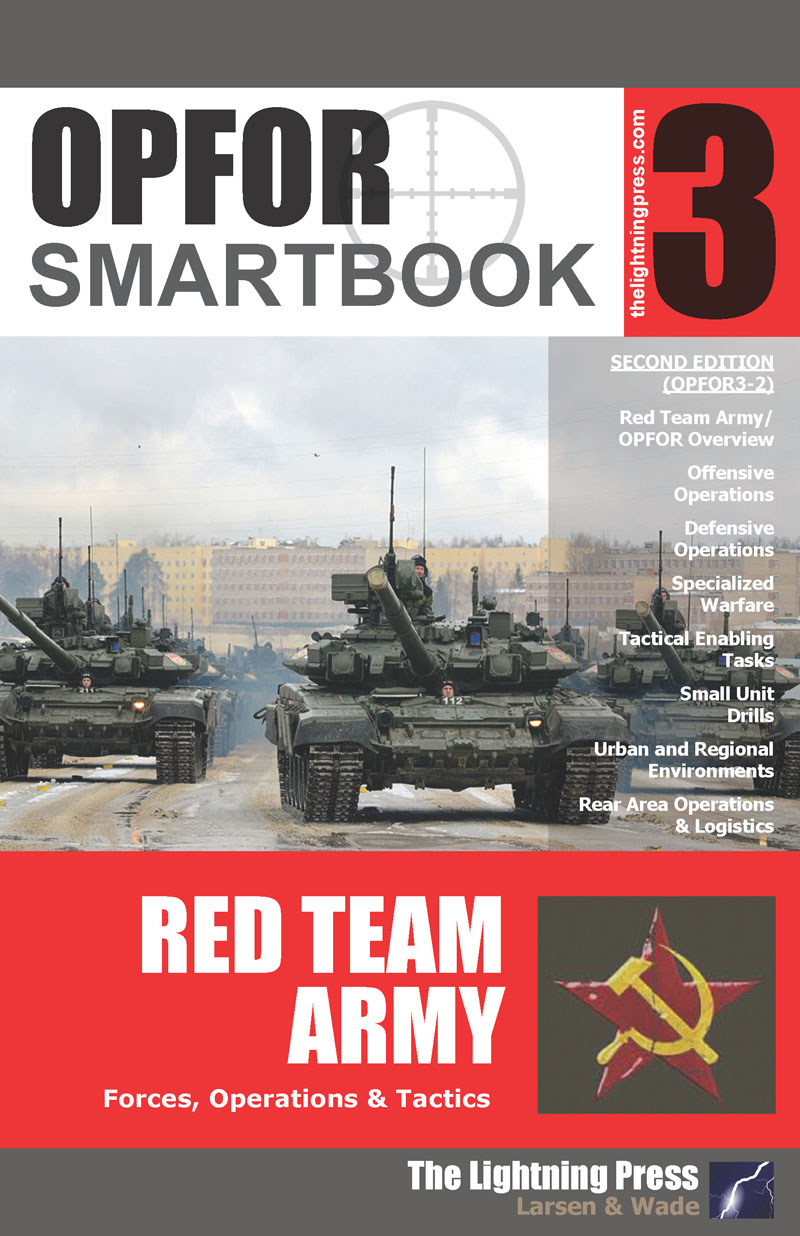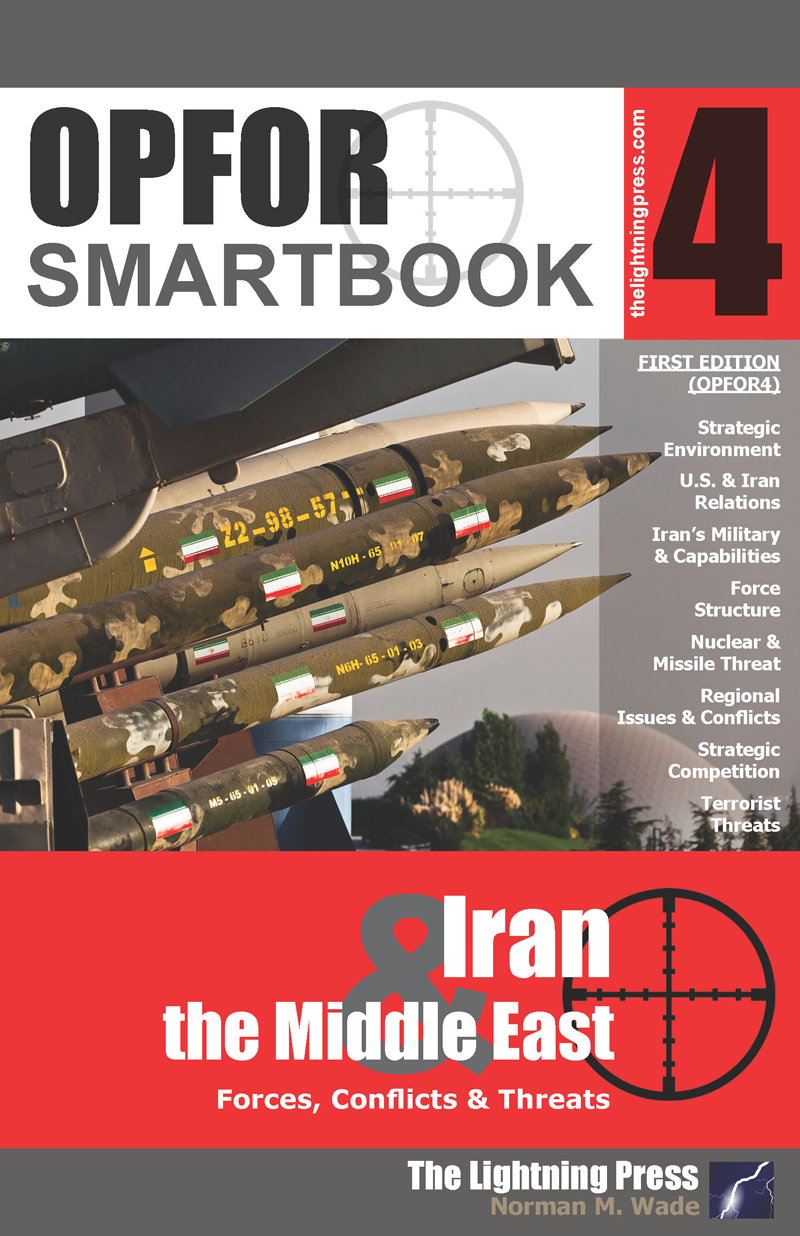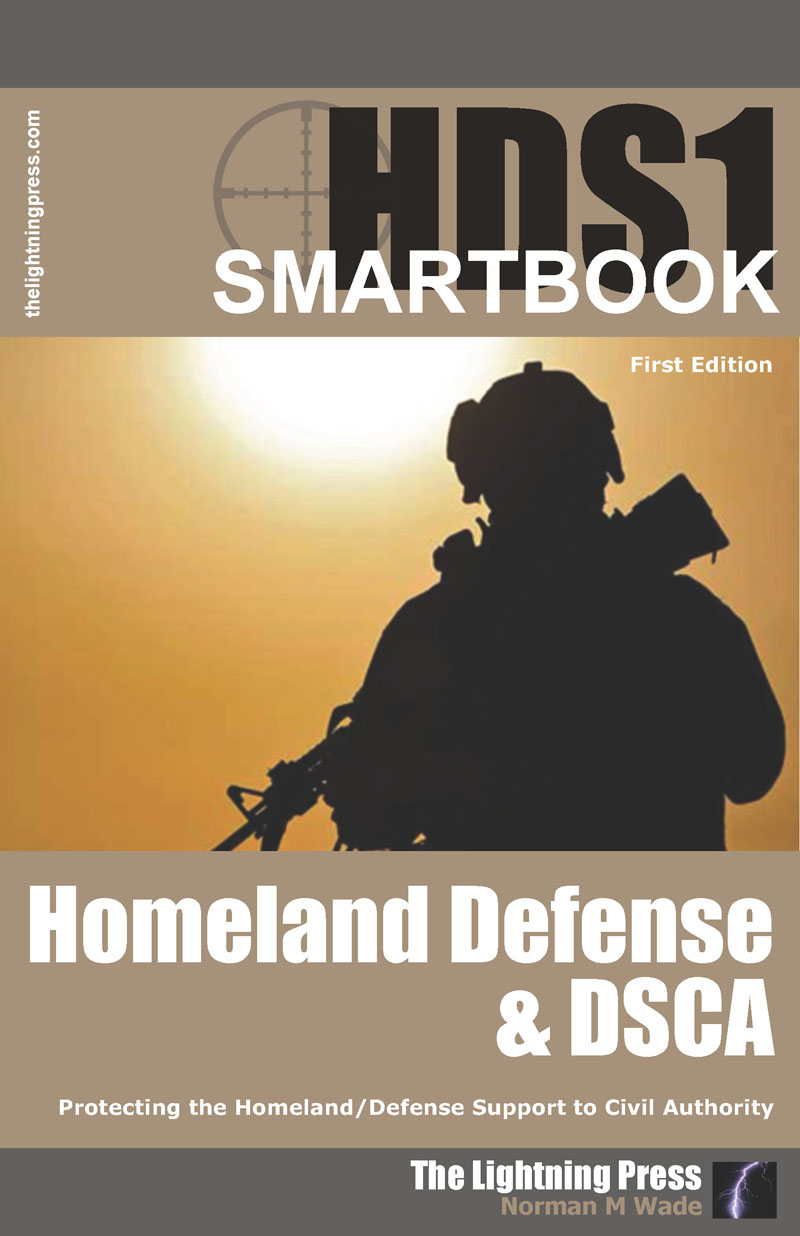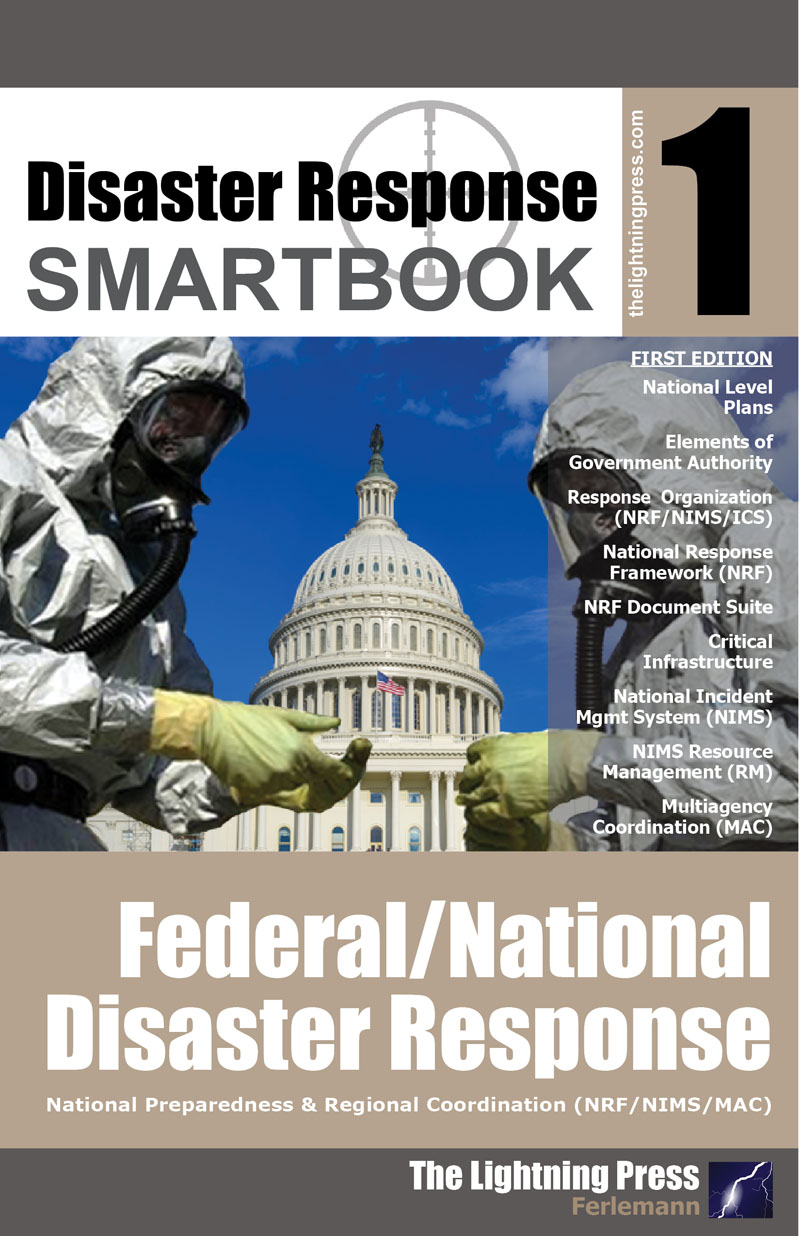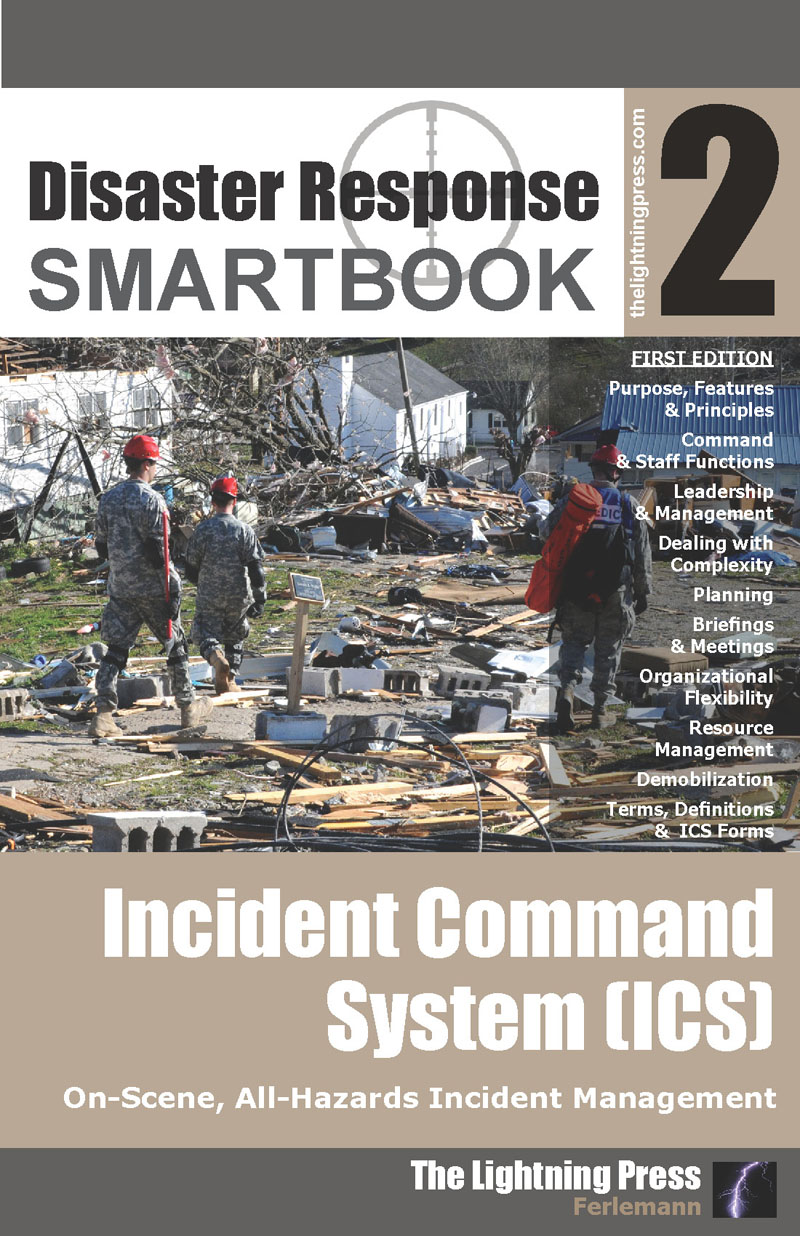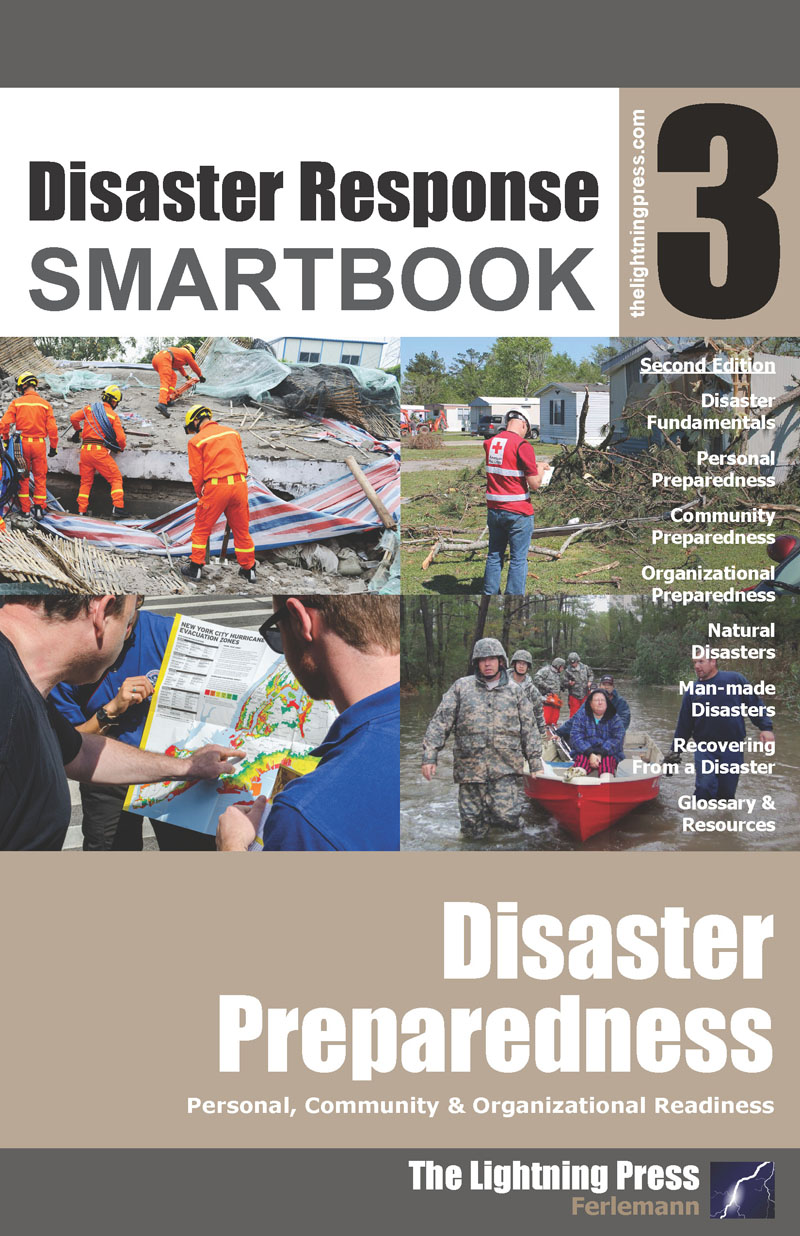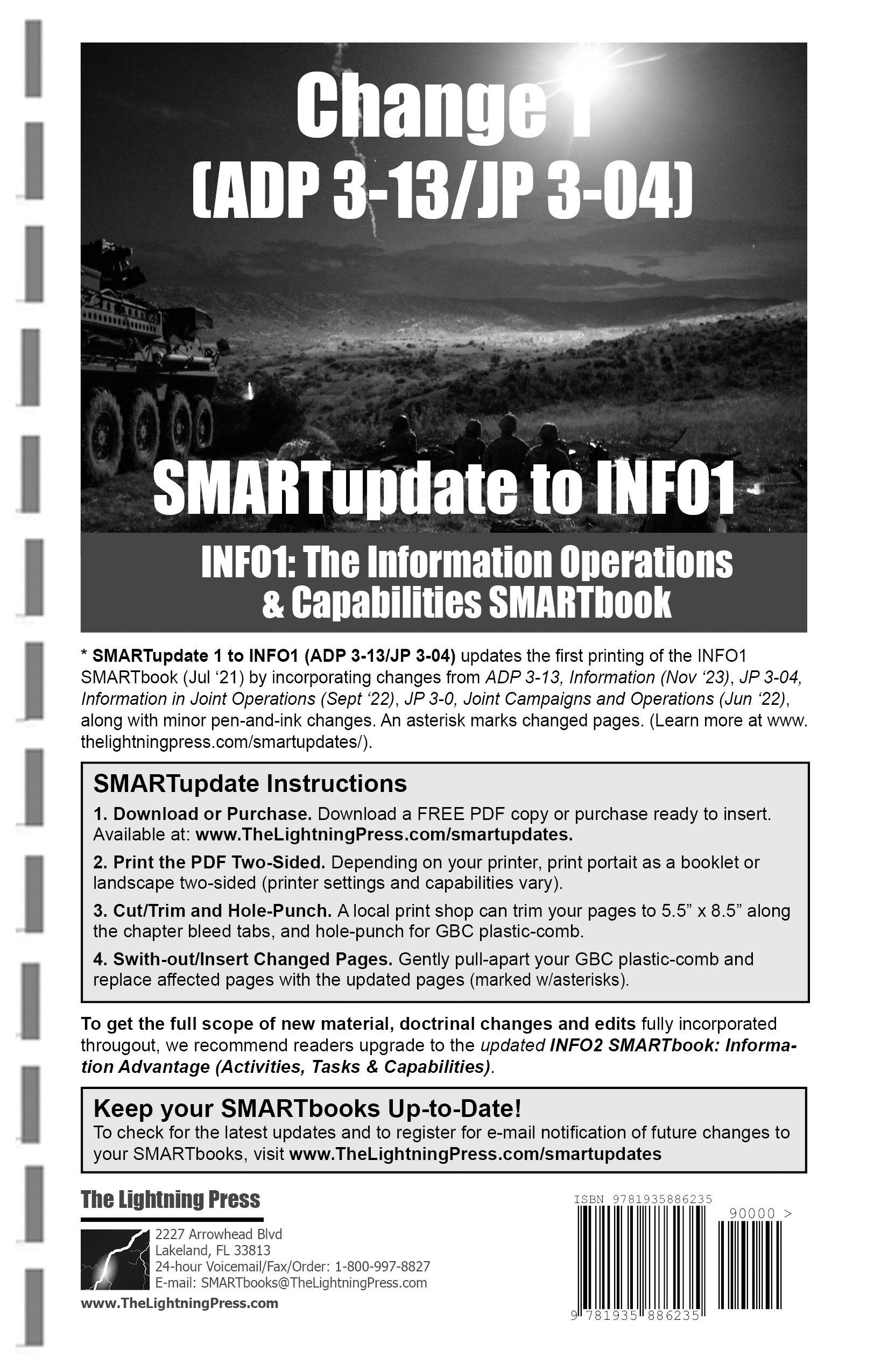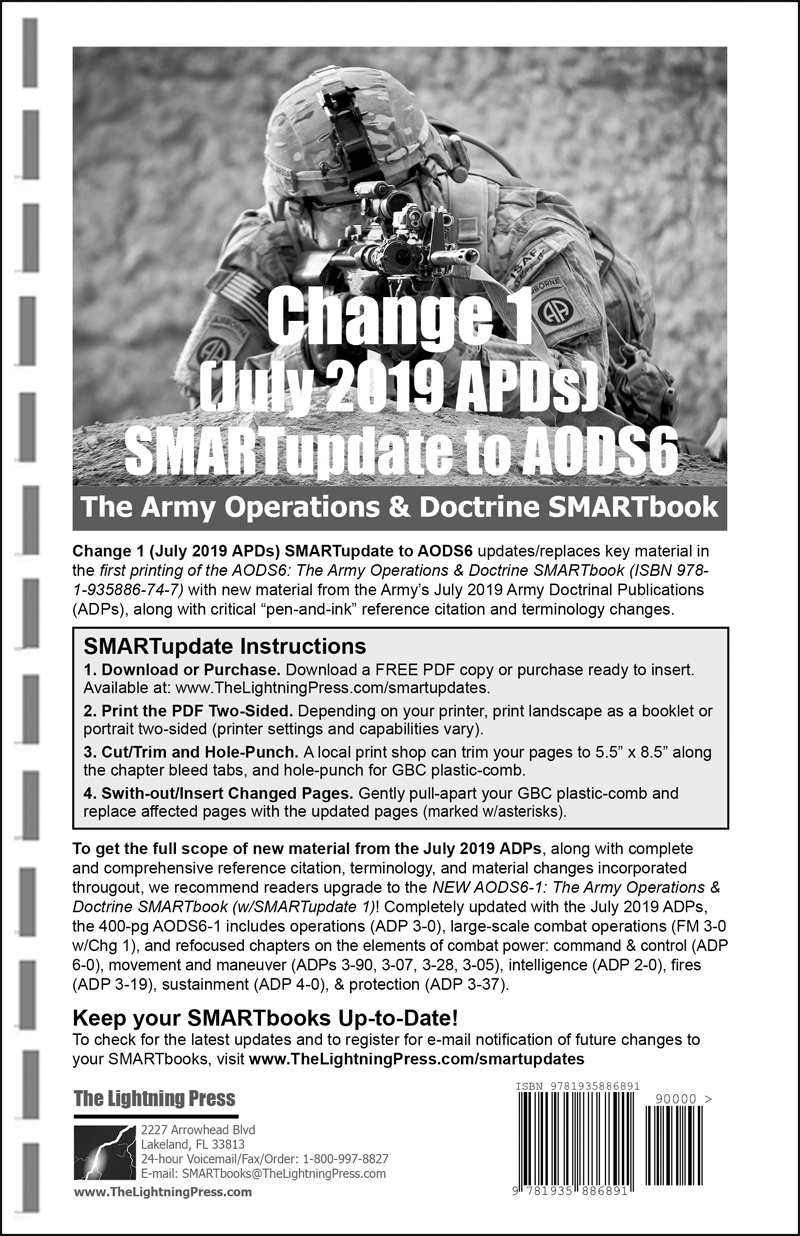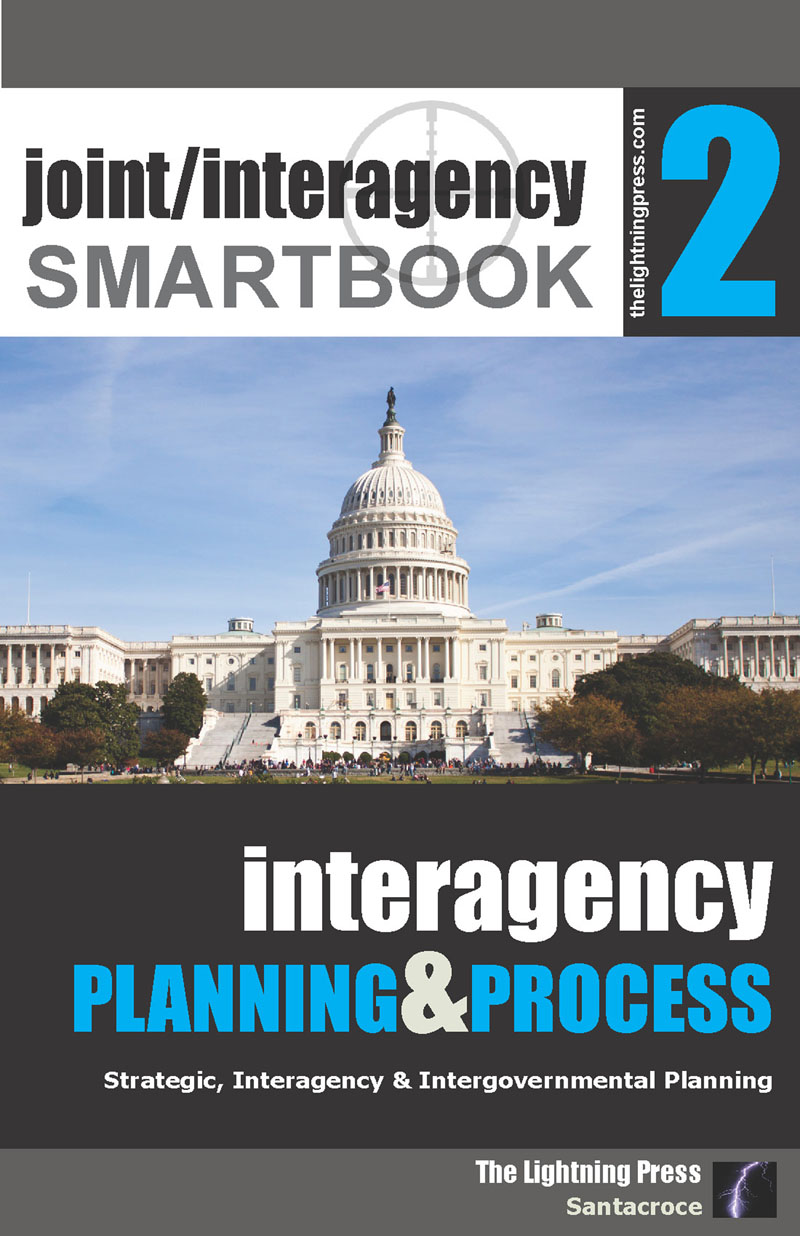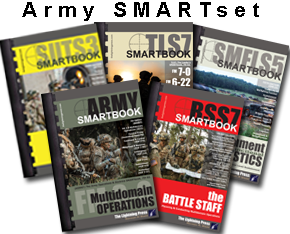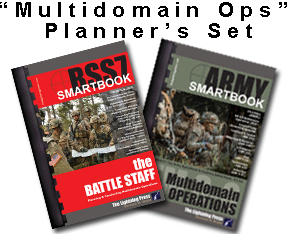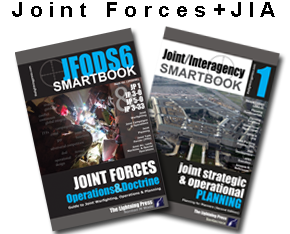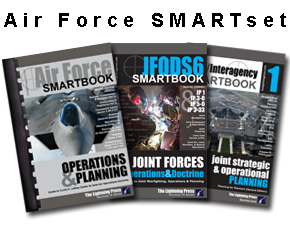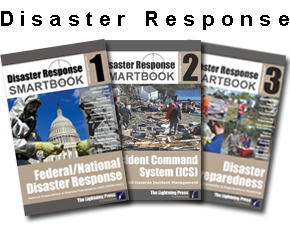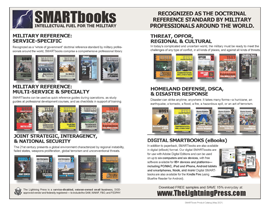Global Force Management (GFM) directs the Services to provide sufficient ready and available forces to execute the National Defense Strategy and integrates complementary directed readiness, assignment, allocation, apportionment, and assessment (DR4A) information into force management and force-planning constructs to support the Department’s strategic direction.
The global security environment presents an increasingly complex set of challenges and opportunities to which all elements of U.S. national power must be applied. To protect U.S. national interests and achieve the objectives of the NSS and NDS in this environment, the finite Joint Force will need to be used wisely. Leaders must ensure the military instrument of national power is used wisely. The process to inform the leaders of the options, risks and COAs requires a process that evaluates the ends, ways, means, and risks of using military forces to pursue strategic and operational objectives is complex. GFM is the process to determine which forces are employed at acceptable risk to current and future strategic and operational objectives. To build the Joint Force for the future requires a continuous recalibration of its capabilities and making those additional investments allowing us to succeed in all missions. Determining the best Joint Force of the future should be informed by near term force needs and shortfalls, which is done through the GFM assessments.
The DoD’s enduring mission is to provide combat-credible military forces needed to deter war and protect the security of our nation. Should deterrence fail, the Joint Force is prepared to win. Reinforcing America’s traditional tools of diplomacy, the Department provides military options to ensure the President and our diplomats negotiate from a position of strength. The experiences with operations such as Operation Urgent Response in Haiti while continuing to execute combat operations in Iraq and Afghanistan demonstrated that even while sourcing major combat operations in one part of the world, we may be called upon to react to a crisis in disparate regions of the globe. An earthquake in one AOR while conducting major operations in another can have a rippling impact on force sourcing for current operations and long-term security planning.
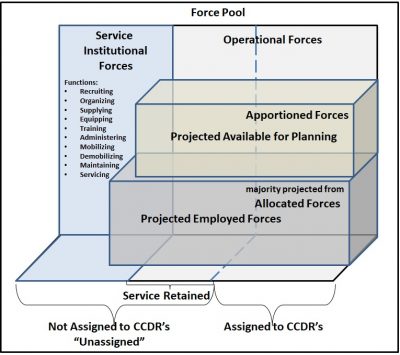
“Because we cannot be certain when, where, or under what conditions the next fight will occur, the Joint Force must maintain a boxer’s stance -with the strength, agility, endurance, resilience, flexibility, and awareness to fight and win against any potential adversary.” – 2018 National Military Strategy Framework, Joseph Dunford Jr., 19th Chairman of the JCS
The GFM processes directs the Services to provide sufficient ready and available forces to execute the National Defense Strategy via the Directed Readiness Tables (DRT), distributes forces among the CCDR’s via the assignment of forces, provides a process to temporarily adjust the distribution of forces among the CCDR’s to meet dynamic challenges worldwide via the allocation process, provides apportioned forces, which is the Services’ estimate of the number of forces that can reasonably be made available over a general timeline, should we be faced with executing a major operation and constantly assesses the results. The end result is a sufficient capacity of forces to execute the NDS, a risk-informed distribution of forces among the CCDRs and a starting point to begin resource-informed planning. To ensure the Joint Force remains relevant in meeting both current and future challenges, the GFM assessment processes compare supply with demands.
A. Directed Readiness
The Directed Readiness Tables (DRT), in support of the force-planning construct, contain the Secretary’s direction to the Department prescribing the capacity of forces required within specific availability windows to achieve strategic aims within a fiscal year. The Secretary issues this readiness directive to the department for budgetary planning and programming purposes. To determine the correct capacity required for a given fiscal year, the Chairman will use the Secretary’s approved GCPs as the foundation of a global analysis. Based on this analysis, the Chairman will advise the Secretary on the forces required to proactively exploit identified GCP tasks, execute Secretary directed global commitments, and propose the proper amount of force capacity to withhold to generate readiness for the next contingency and maintain a credible deterrent.
B. Assignment (GFMIG Section III)
The Assignment tables fulfill the the 10 U.S.C. § 162(a) responsibility for the Secretary to direct the Secretaries of the Military Departments to assign specified forces to CCDRs and CDRUSELEMNORAD to perform missions assigned to those commands. CCDRs exercise Combatant Command authority (COCOM) over forces assigned to them. The command relationships with assigned forces are enduring until the assignment is changed; these relationships are depicted in the Automated Global Force Management Tool IAW DoDI 8260.03 GFMDI. As with the DRT, the same strategic analysis derived from the Secretary’s approved GCPs grounds the CJCS recommendation to the Secretary on the number of forces to assign to each CCDR.
C Allocation (GFMIG Section IV)
Allocation supplements a unified commander’s assigned forces through the temporary transfer of forces and individuals to CCDRs in a prioritized and risk informed manner. Forces are allocated to meet the Secretary’s strategic priorities and the CCDR operational requirements. These decisions balance the risks of employing the full-Service capacity against maintaining a credible deterrent to potential enemies and enabling the Services to restore readiness. The allocation decision balances the force providers’(FP) risks with the risks to current and potential future operations. When allocating a force, the Secretary specifies the command relationship (e.g. operational control (OPCON) or tactical control (TACON)) the CCDR assumes over the force as well as the duration, authorized missions, location, and other instructions. The Secretary communicates his direction to allocate forces is communicated in an order called the GFM Allocation Plan (GFMAP). The GFMIG introduces the top-down guidance the Chairman issues to shape the allocation of forces against the strategic priorities. It also includes the concept of bottom up refinement, which is adjusting the plan proposed in the top-down guidance as required to account for the CCMDs operational force requirements.
D. Apportionment (GFMIG Section V)
Apportioned forces provide an estimate of the Military Departments’/Services’/Force Providers’ maximum capacity to generate force elements along general timelines for planning purposes. The apportioned force types and quantities are what a CCDR can reasonably expect a Service to be able to deploy, but not necessarily an identification of the actual forces/units that will be allocated for use when a contingency plan or crisis response plan transitions to execution. Apportionment does not authorize or establish command relationships with any unit because units are not identified in the apportionment tables, only quantities of types of units (or force elements). Not only do CCDRs use the Apportionment Tables for operational planning, but when compared to the DRT, the Apportionment Tables provide a periodic measurement of the Department’s ability to meet its readiness directive.
E. Assessment (GFMIG Section VI)
The Joint Force Sufficiency Assessment (JFSA) informs the Department’s assessment processes by identifying imbalances among Services ‘force/capability supply and current demand. It supports building a more lethal force and rebuilding warfighting readiness. JFSA will also provide assistance in determining why the Department was or was not able to meet its DRT targets. The JFSA process is broken into two parts: The GFMAP Sufficiency Assessment (GSA) and the Strategic Requirements Sufficiency Assessment (SRSA). The GSA addresses current GFM allocation related shortfalls while the SRSA focuses on the joint forces ability to meet global demand outlined in strategic documents, both today and through the end of the FYDP.
JIA1-2 has an entire chapter (46 pages) covering global force management (GFM). JIA1-2 is the new second edition of our Joint/Interagency SMARTbook 1: Joint Strategic & Operational Planning (Planning for Planners), completely reorganized and updated with the latest joint publications for 2019.
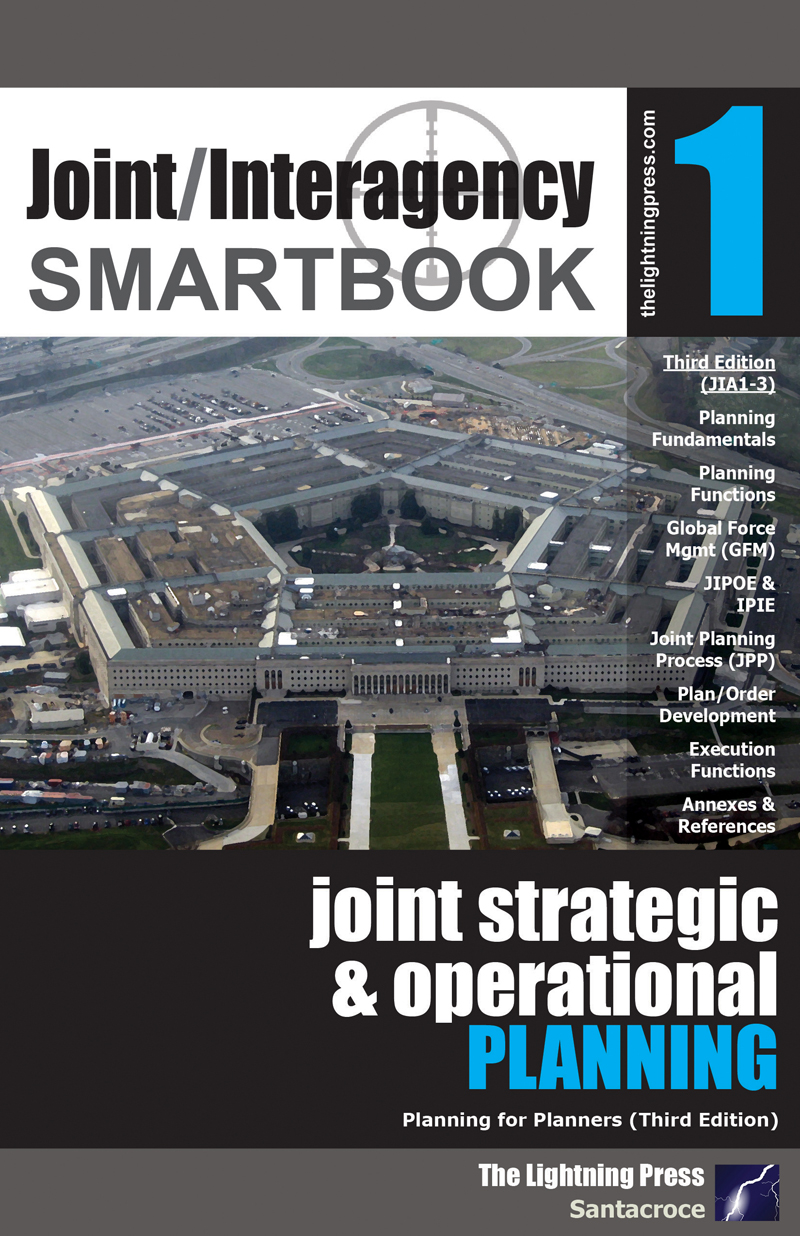 This article is an extract from "Joint/Interagency SMARTbook 1 – Joint Strategic & Operational Planning, 3rd Ed. (Planning for Planners (JIA1-3 / Third Edition))" by The Lightning Press. Download a free PDF sample and learn more at: Joint/Interagency SMARTbook 1 – Joint Strategic & Operational Planning, 3rd Ed. (Planning for Planners (JIA1-3 / Third Edition)).
This article is an extract from "Joint/Interagency SMARTbook 1 – Joint Strategic & Operational Planning, 3rd Ed. (Planning for Planners (JIA1-3 / Third Edition))" by The Lightning Press. Download a free PDF sample and learn more at: Joint/Interagency SMARTbook 1 – Joint Strategic & Operational Planning, 3rd Ed. (Planning for Planners (JIA1-3 / Third Edition)).
Browse additional military doctrine articles in our SMARTnews Blog & Resource Center.
About The Lightning Press SMARTbooks. Recognized as a “whole of government” doctrinal reference standard by military, national security and government professionals around the world, SMARTbooks comprise a comprehensive professional library. SMARTbooks can be used as quick reference guides during operations, as study guides at education and professional development courses, and as lesson plans and checklists in support of training. Browse our collection of Military Reference SMARTbooks to learn more.

